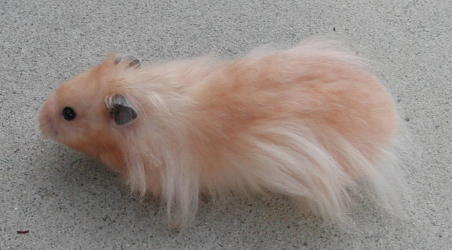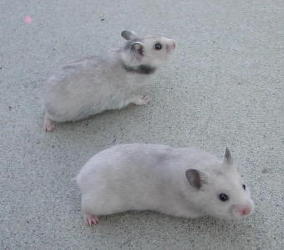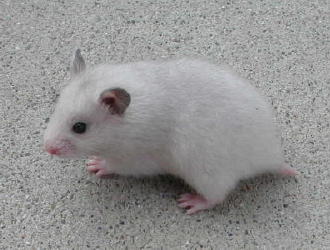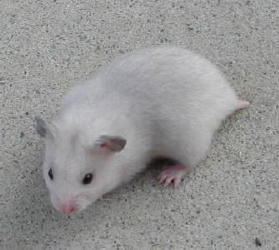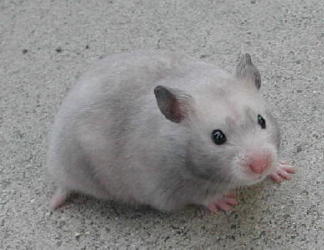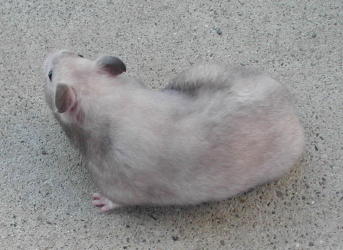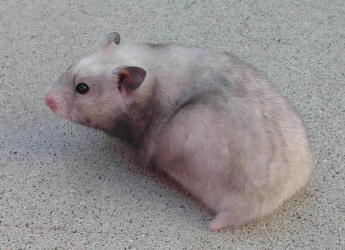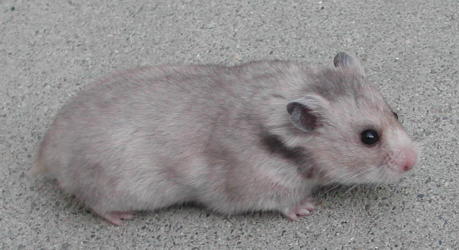
The goal of breeding is always to improve on the parents. Each animal should be carefully analyzed to determine its strengths and weaknesses. Breeding should take place when a good match can be made which improves on the strengths of the parents without accentuating their weaknesses.
In May, I received a number of hamsters from Sweden. They were brought in to improve type and other characteristics as well as to add genetic diversity to our local animals. Among them was a Silver Gray short-haired female named Angshojdens B’ Silver Shine. She’s a heterozygous Silver Gray, and my goal is to breed homozygous Silver Grays. For that, I will need a male. From her, I could only produce another heterozygous Silver Gray male, but I would then be able to breed him back to his mother or to a sister to get a homozygous Silver Gray. The BHA standards which we use were written for a homozygous Silver Gray.
Heterozygous Silver Gray Angshojdens B' Silver Shine
Let’s assess her before discussing the males I considered for this breeding. She’s a fairly stocky and well-boned hamster of medium size (160 grams at four months of age). She has very nice temperament. I had never personally seen a heterozygous Silver Gray, but I’m told her color and markings are good. Overall she is a very nice hamster.
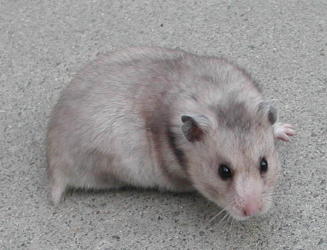
Upon closer examination of the Silver Gray’s pedigree, though, she has a lot of genes in her ancestors. Her mother was a Cinnamon Tortoiseshell while her father was a long-haired Silver Gray. Both have other genes in their backgrounds, too. With the gene mix in her pedigree, I decided to consider other males. A pure Silver Gray would not be possible for many generations regardless.
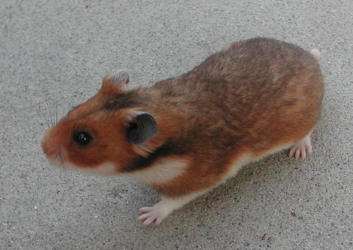
Since she already had a number of genes in her pedigree, I decided to use Dusty for this first mating due to his superior size. I hoped he would also better maintain her stocky build.
